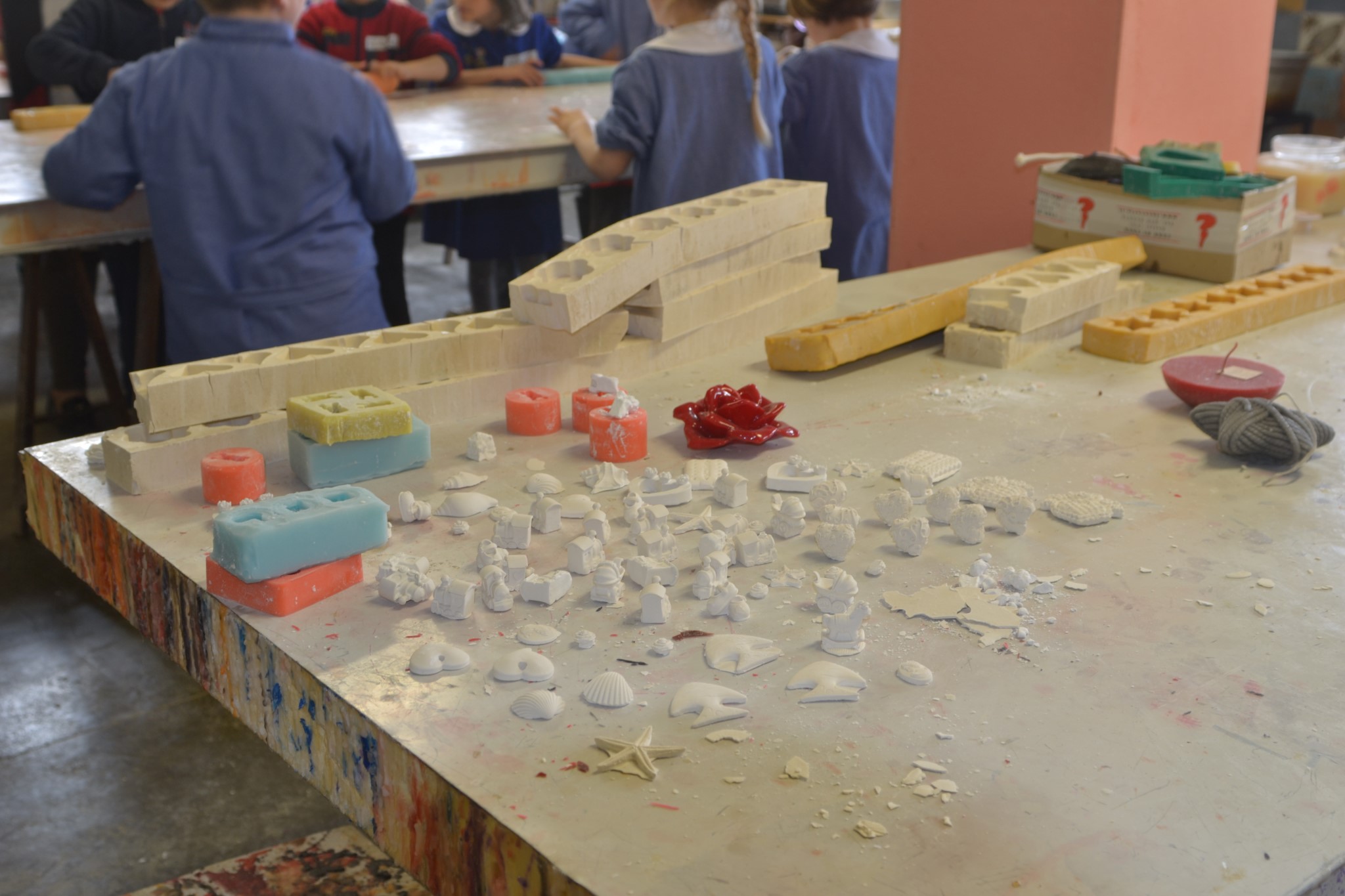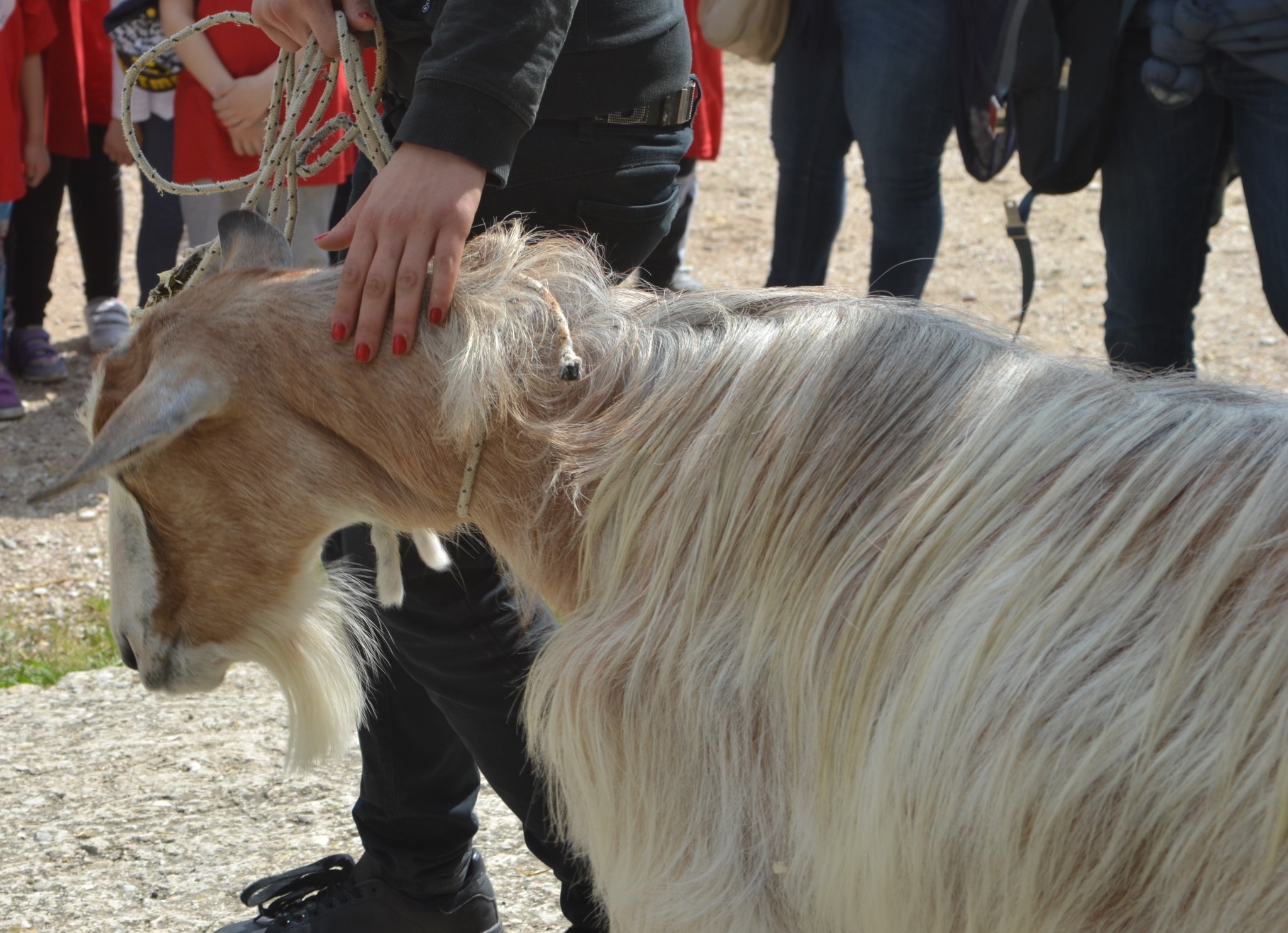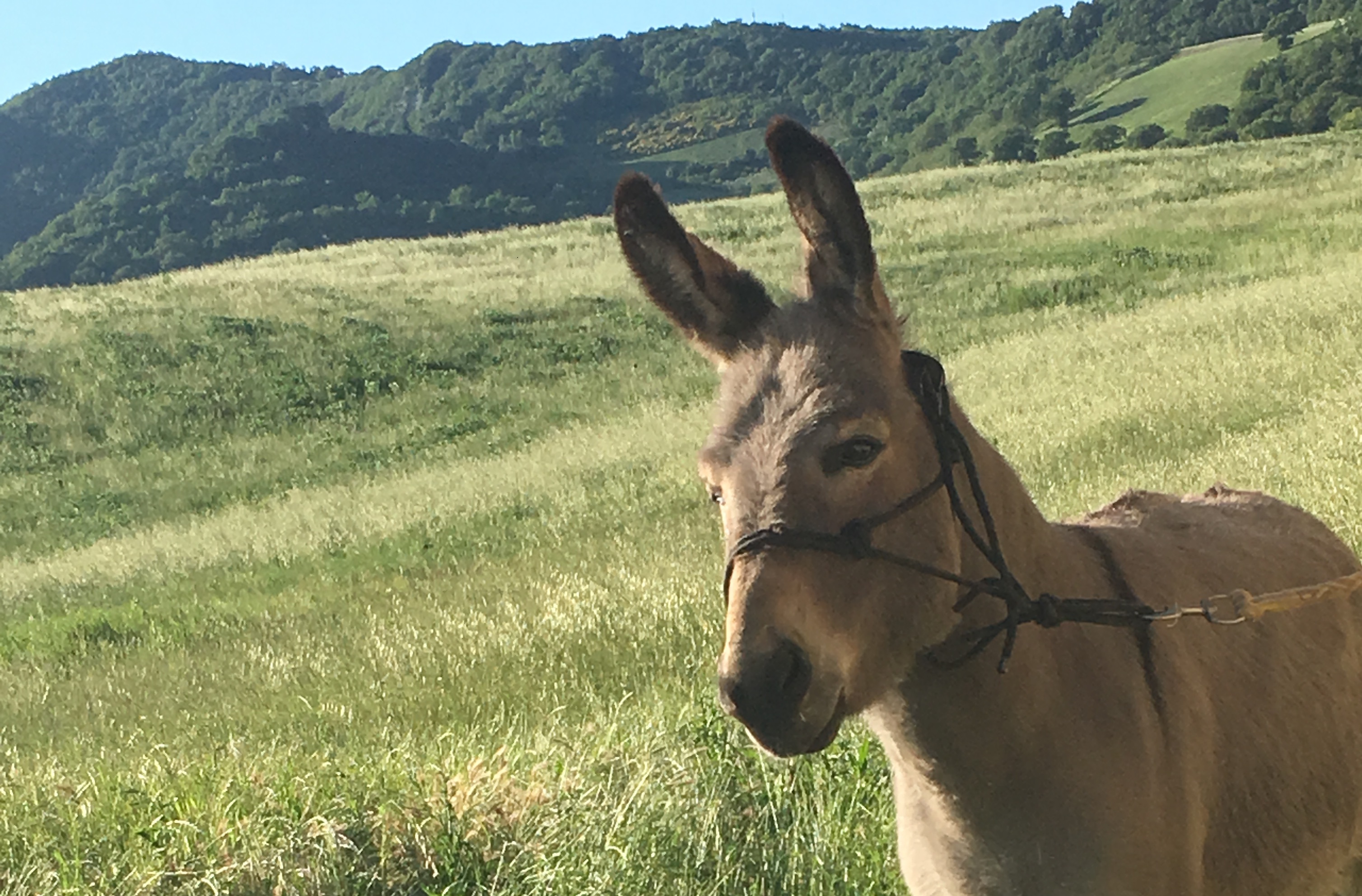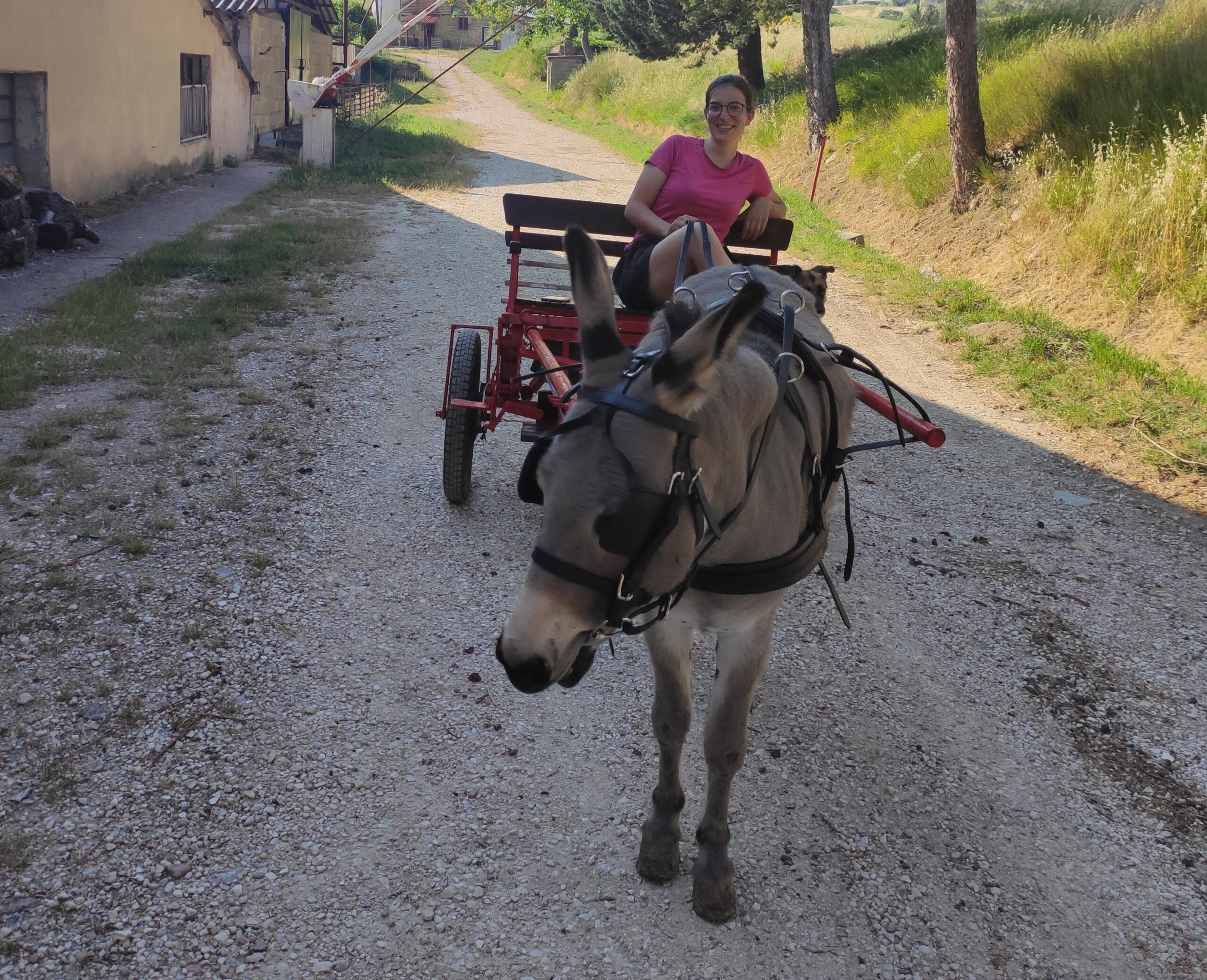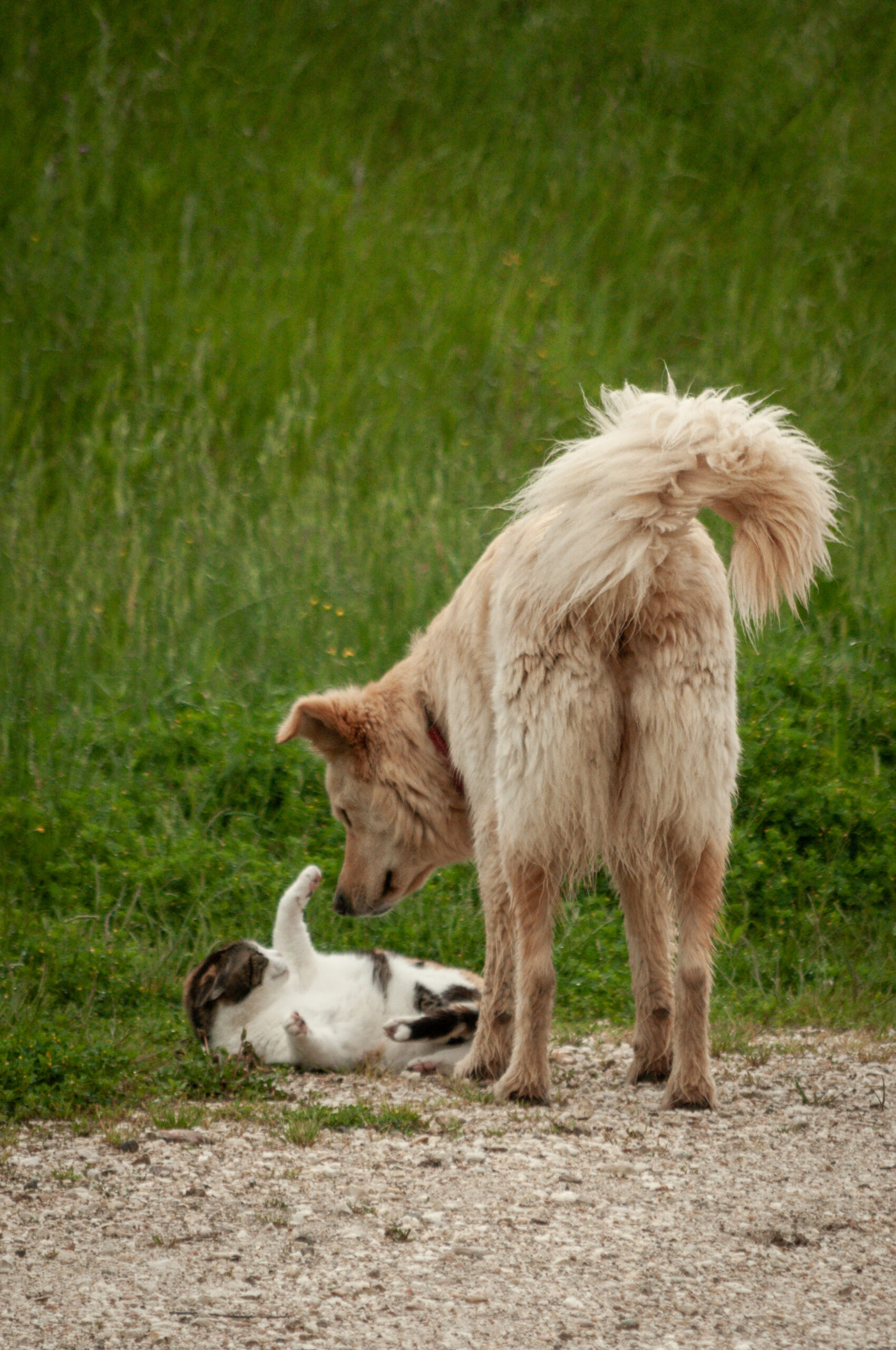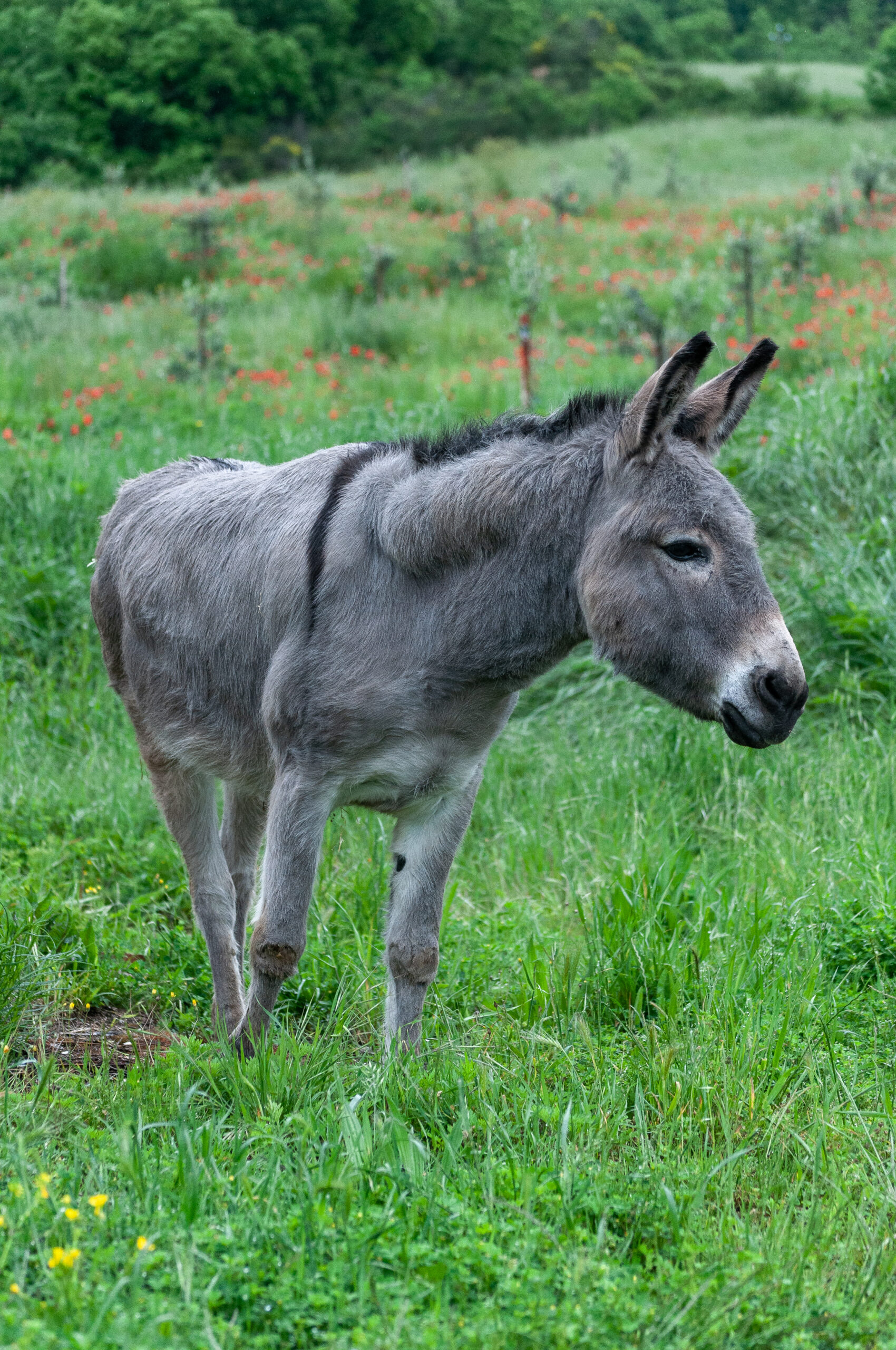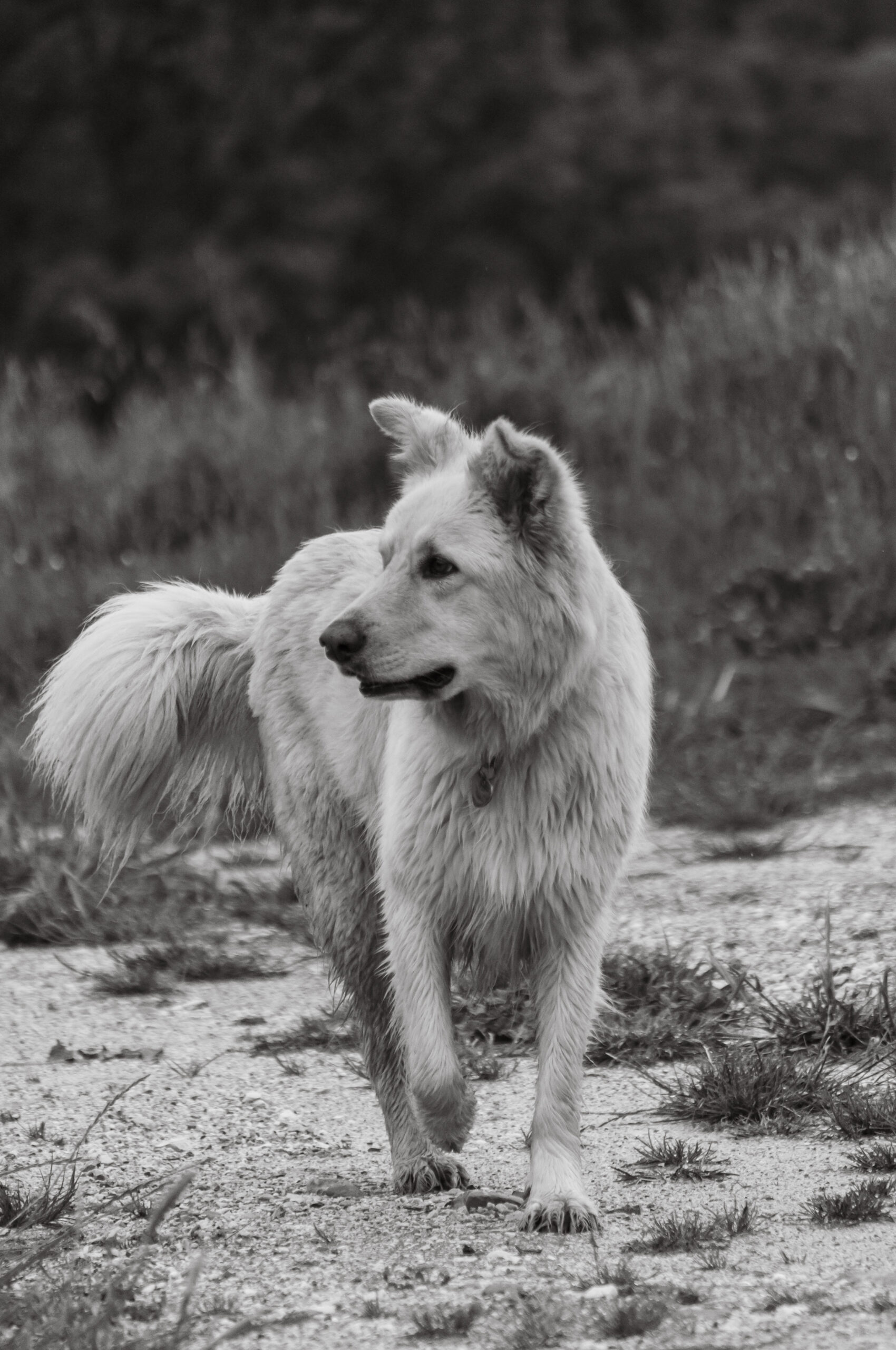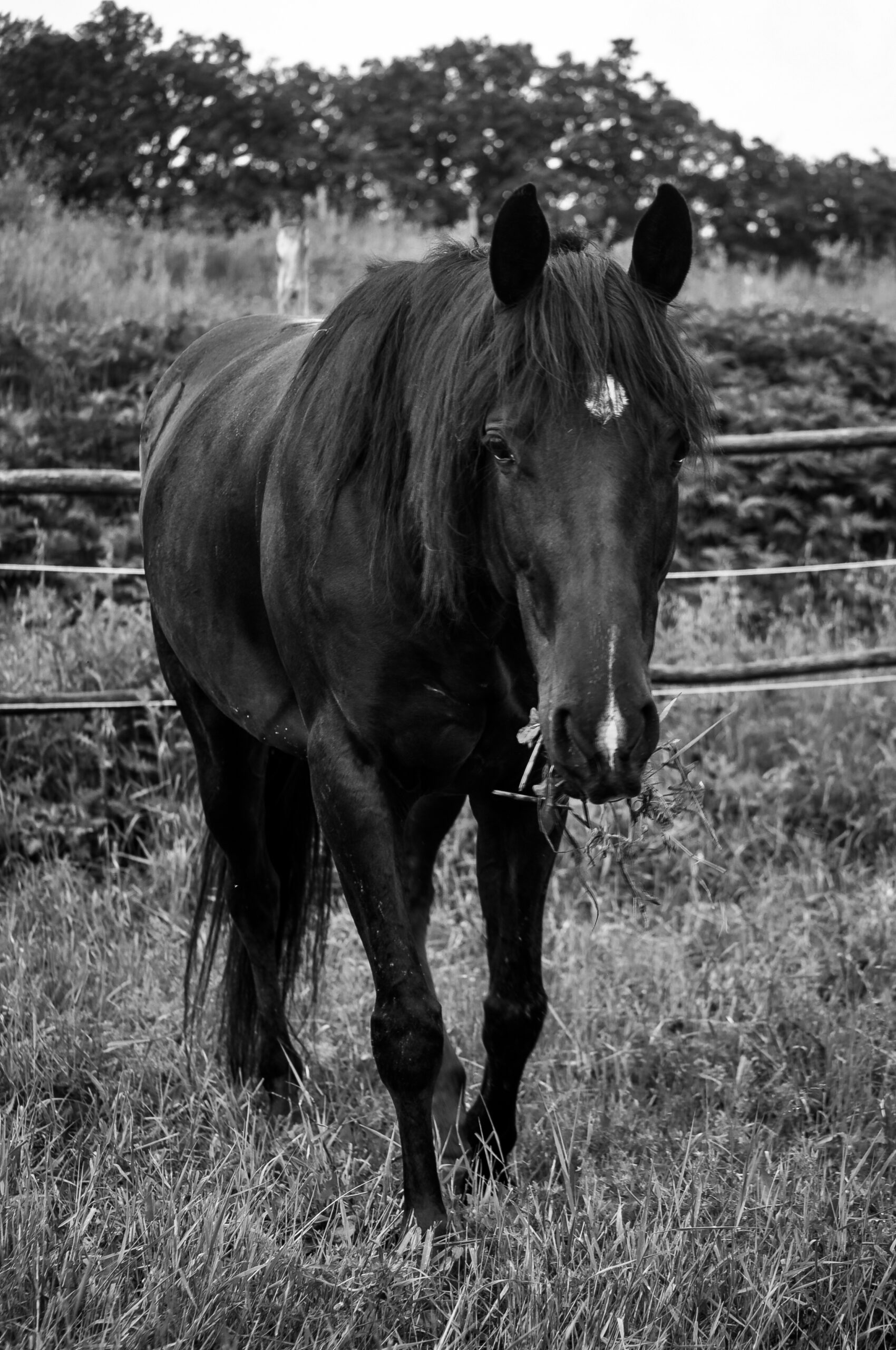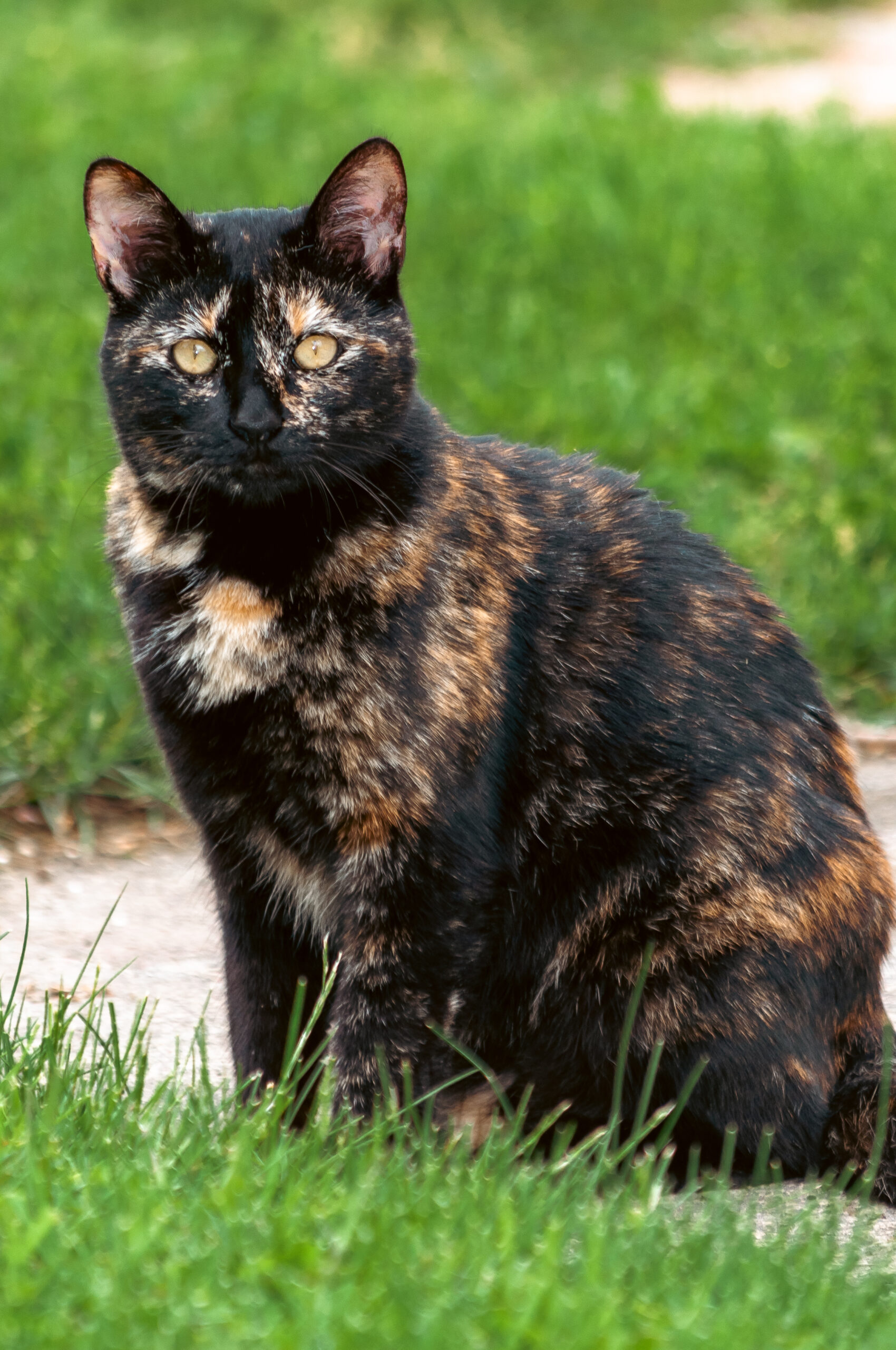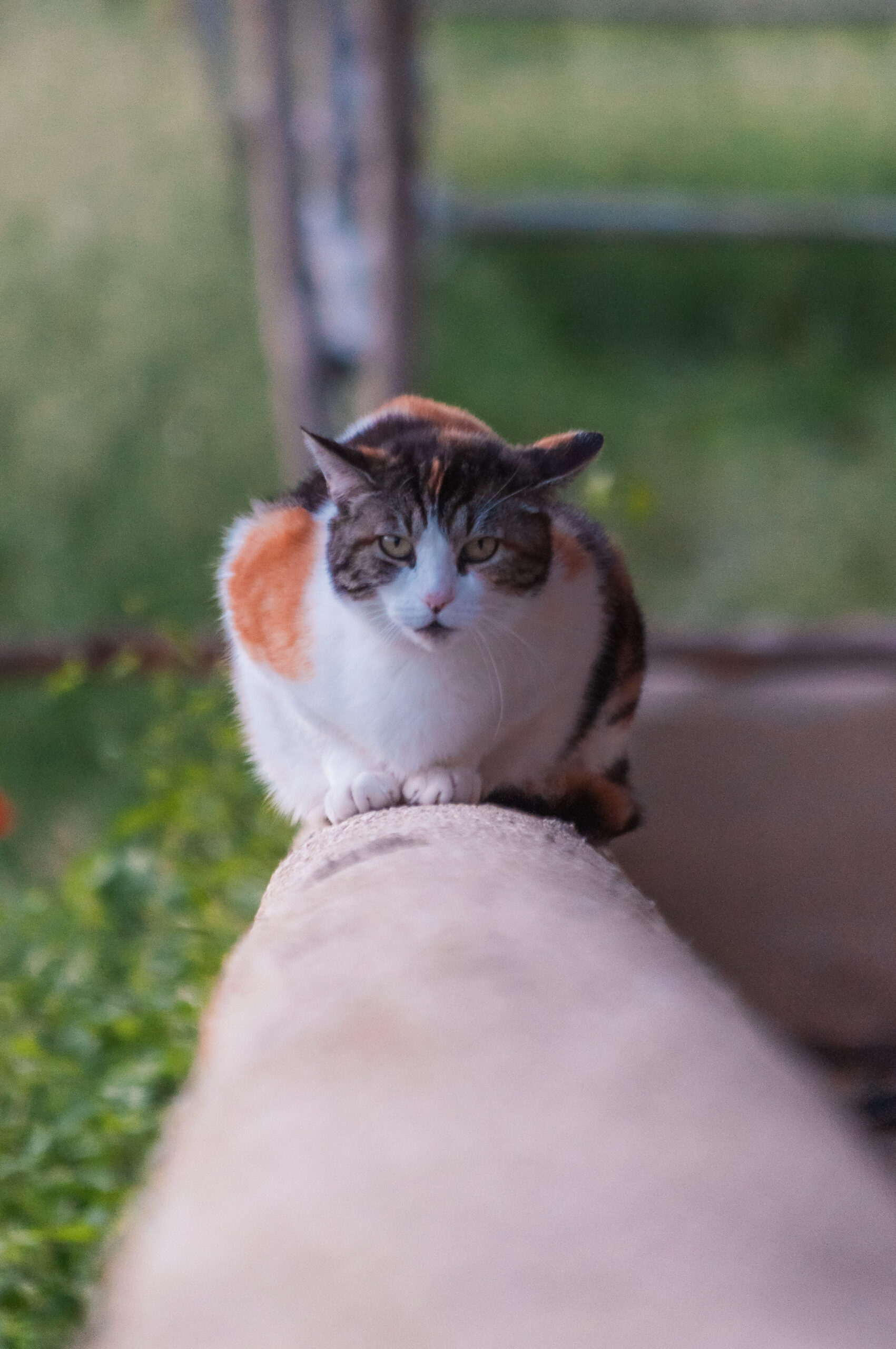In our farm we organize activities related to our territory, organizing courses and recreational activities both within our laboratory Trex Cere and outside on our farm. Activities ranging from creating a craft object, scented plaster, hand-made paper, learn about farm animals, a walk in the woods, in the garden and games in the pool, and many other activities for families with children . .
Farm enrolled Teaching list of Educational Region of Umbria Farms at no. 46 (DD 8134 of 11/11/2011)
[flagallery gid=10]
The paths of the Educational Farm
CANDLES “laboratory CERE DI TREX”
Educational teaching objectives: Knowing the wax, various types and techniques to create candles. Acquire manual skills to develop creativity.
Description of the stages: Historical introduction on the working of wax and evolution of techniques over time. Types of waxes and their differences. Technical casting. Finishing techniques
PAPER HANDMADE “CERE DI TREX laboratory”
Educational teaching objectives: Knowing the paper: the various types. Acquire manual skills to develop creativity.
Description of the stages: Historical introduction on paper processing and evolution of techniques over time. How do you get a piece of paper – Mode and necessary equipment. Method of preparation of cellulose dough. Adding ingredients to the cellulose. of the sieve diving technique. Drying. Pressing.
CHALK “laboratory CERE DI TREX”
educational teaching objectives: Acquire manual skills to develop creativity.
Description of the phases: The chalk types to be used. Preparation of the mixture of water and plaster. Time and Conditions. The casting into molds. As perfuming persistently chalk
CLAY “laboratory CERE DI TREX”
Educational teaching objectives: Knowing the clay. Acquire manual skills to develop creativity. Knowing how are made the everyday objects.
Description of the stages: Historical introduction on working with clay and ceramics, evolution of techniques over time. Modelling. Drying. Baking. Enamelling. Finishing. enamel firing.
EXTRA VIRGIN OLIVE OIL
The harvesting of olives and the production of extra virgin olive oil
Educational teaching objectives: Bringing the kids / adults to extra virgin olive oil world. Illustrate the oil importance for man. Stimulate perceptual and descriptive skills against different types of oil: with special reference to the sight, smell and taste
Description of the phases:
A: Guided tour in a field of olive trees. Explanation of variety of typical Umbrian olive trees (Moraiolo, Frantoio, Leccino)
Demonstration of various types of collection (manual, with aids of mechanical means). Practical demonstration of hand-picking with the involvement of the participants. Temporary storage in crates and transport to the mill.
B: Visit the oil mill during business hours. Procedure of acceptance olives and programming of processing time. Start working with defoliation and washing olives. Pressing. Kneading. Decanter extraction and separation of the olive paste in Sansa, water and oil. Oil finish with vertical separator
C: Methods and techniques for the evaluation of extra virgin olive oil. Explanation of the process for ORGANIC certification. Explanation of the process D.O.P. certification. Explanation of the process “Cold Extraction” certification. Technical tasting. final “bruschetta”
LIFE ON THE FARM
Educational teaching objectives: Learn about the life in the farm country. exploratory play path through the places that characterize the environment of the farm, to discover the places where the farmer carries out its activities. The knowledge of the “games of the past,” and then the rediscovery of their own history. Develop conviviality and inventiveness.
Description of the stages: Exploratory Path through the places that characterize the agricultural environment: the orchard, the vegetable garden, the pond, the stable, the field. Reconnection with the self ecological, through the identify with the elements of nature and exploration through all the senses. Acquainted with the farm animals: chickens, goats, horse, dog, cat, etc. and wild animals (hare, pheasant, wild boar, … ..). Games in the countryside “” with stones, ropes, swings, water games in the pool, etc …
NATURAL COURSE
on foot, by bicycle, on horseback
Educational teaching objectives: Diving in the elements of nature and the exploration of the environment through the senses. Know the edible plants and herbs: practices related to the use of herbs in folk tradition. Learn about the plants of the forest land. Development of the sense of direction
Description of the stages: Exploratory Path through the places that characterize the agricultural environment: the orchard, the farm lake, the golf, the forest. Reconnection with the self ecological, through the identify with the elements of nature and exploration through all the senses. Knowledge of edible and medicinal herbs herbs: use of herbs in the kitchen. Familiar with wild animals (hare, pheasant, wild boar, … ..). Testing of a traveling “slow” and development of a sense of direction through the observation of the surrounding landscape and the use of the topographic map.
– Walking route: the route is planned from time to time, depending on the needs and abilities of participants. It takes place both inside the company that agrarian adjacent natural park of Mount Subasio. It takes place in the time period from 1 to 6 hours.
– Path by bike or on horseback: the path is planned from time to time, depending on the needs and abilities of participants. It takes place both inside the company that agrarian adjacent natural park of Mount Subasio. It takes place in the time period from 3 to 6 hours. For horses it is provided a feed trough.
FROM WHEAT TO BREAD
Educational teaching objectives: The goal is to know the origin and follow its path from farm to fork. Knowing the most ‘used since ancient grains: wheat, barley, rye, oats, rice, maize, millet, sorghum. Discover the various stages of the cultivation of wheat (or other grain eg. Corn).
Description of the stages: Presentation of the different types of cereals and their differences. Stages of production, from planting to harvest. The grinding of the grain and the use of the flour
